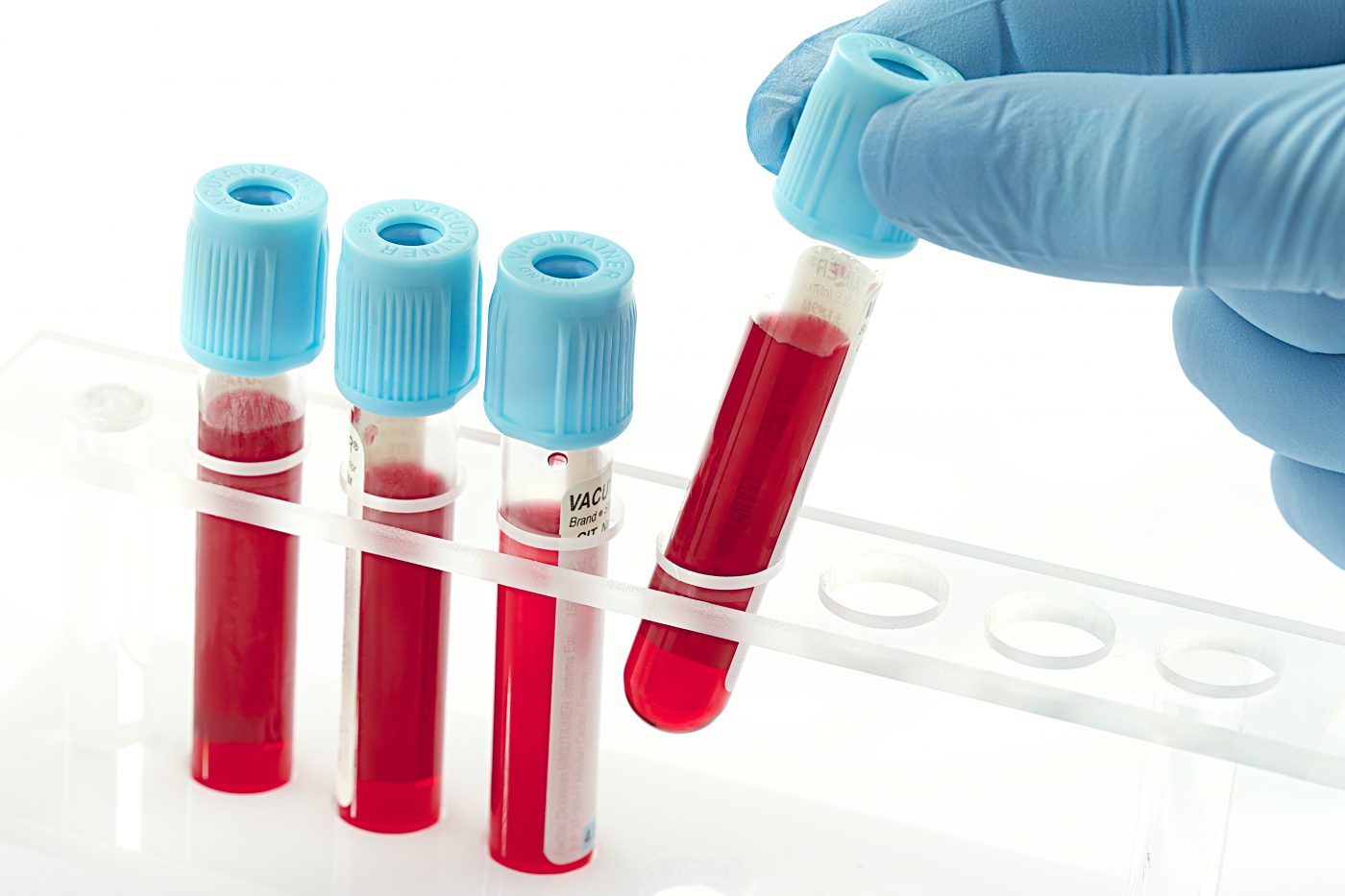Esbriet or Ofev Reduce Inflammatory and Oxidative Stress Markers in IPF, Small Study Shows
Written by |

Shutterstock
Esbriet (pirfenidone) or Ofev (nintedanib) treatment in adults with idiopathic pulmonary fibrosis (IPF) led to changes in blood markers reflecting reduced systemic inflammation and oxidative stress after 24 weeks of therapy, a small study found.
The study, “Effects of Pirfenidone and Nintedanib on Markers of Systemic Oxidative Stress and Inflammation in Patients with Idiopathic Pulmonary Fibrosis: A Preliminary Report,” was published in the journal Antioxidants.
Esbriet (marketed by Genentech, a Roche company) and Ofev (manufactured by Boehringer Ingelheim) are approved IPF treatments due to their ability to slow lung function decline.
Cell-based studies have shown these therapies also act to reduce inflammation and oxidative stress, both key players in the development of IPF. Notably, oxidative stress refers to cells’ inability to detoxify free radicals (reactive oxygen species), which are harmful and result in cellular damage.
However, whether Esbriet and Ofev affect blood markers of inflammation and oxidative stress in people with IPF has not been investigated thoroughly.
A team led by researchers based at the University of Sassari in Italy analyzed blood samples from 18 newly diagnosed adults with IPF for markers of oxidative stress and inflammation before and after a 24-week treatment with Esbriet or Ofev. Those were compared with results from a group of 18 age- and sex-matched healthy participants.
Of the 18 IPF participants, 10 received Esbriet and eight were prescribed Ofev.
Before treatment, as expected, IPF patients had significantly worse lung function than control subjects, and significantly lower blood concentrations of the anti-oxidant molecules glutathione (GSH) and plasma protein-SH (PSH). No differences were found in other oxidative stress and inflammatory markers.
A pre-treatment statistical analysis identified a significant positive correlation between higher levels of GSH and greater lung function — assessed as higher FEV1 (volume of air that can be blown out forcibly in one second) and FVC (volume of air that can be blown out forcibly after a full breath). Higher PSH also correlated with increased FVC.
While 24 weeks of Esbriet treatment had no significant impact on lung function measurements or oxidative stress markers, a significantly reduced ratio of the kynurenine to tryptophan (0.030 to 0.025) was found, which reflected a reduction in systemic inflammation.
Treatment with Esbriet also resulted in a 9% increase in PSH, a 23% increase in GSH and the anti-oxidant taurine, and a 17% decrease in TBARS — a measure of oxidative degradation of lipids in which lower TBARS represents less oxidative stress. However, all these results were deemed non-significant.
Similarly, 24 weeks of Ofev treatment did not significantly affect lung function parameters. In contrast, it significantly increased blood GSH (486 to 723 micromoles/L) and reduced the concentration of the marker ADMA (0.501 to 0.468 micromoles/L), indicating less oxidative stress.
Non-significant trends toward higher PSH (19% increase) and taurine (23% increase), and a lower ratio of the kynurenine to tryptophan (21% decrease), and decreased TBARS (18% decrease) also were observed before and after treatment with Ofev.
The data showed that treatment with Esbriet or Ofev “exert beneficial effects on specific markers of oxidative stress and inflammation in IPF patients,” the researchers concluded.
The team suggested that “treatment-induced increase in GSH concentrations might be clinically relevant,” supported by the association between GSH and lung function, and how GSH has been “proposed to play a critical role in the anti-fibrotic response.”
“All reported data, including non-significant differences, may assist with the adequate design (i.e., sample size and/or biomarker selection) of larger interventional trials to confirm these findings and to establish whether such effects are associated with clinical improvement in this group,” the team added.






